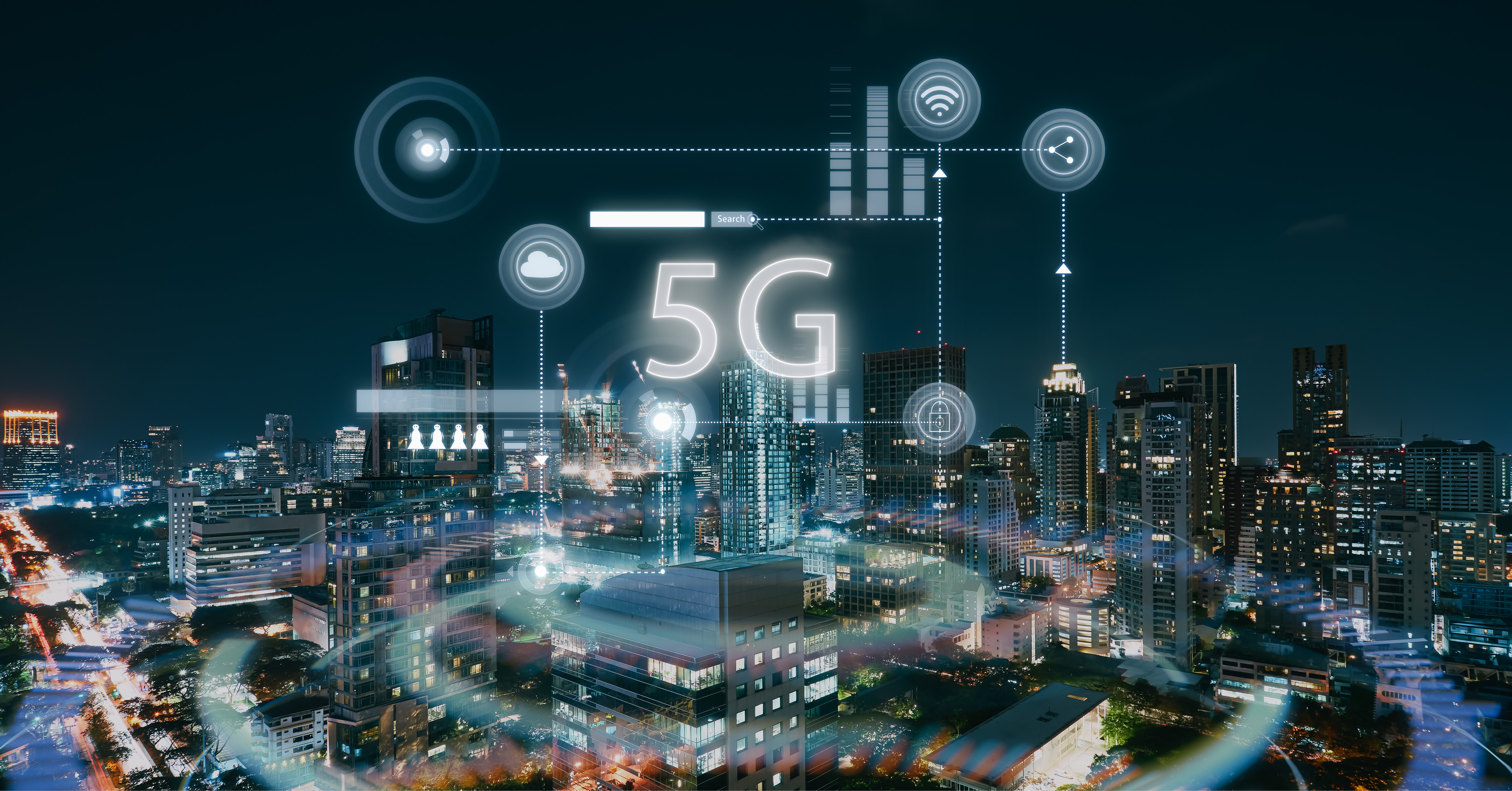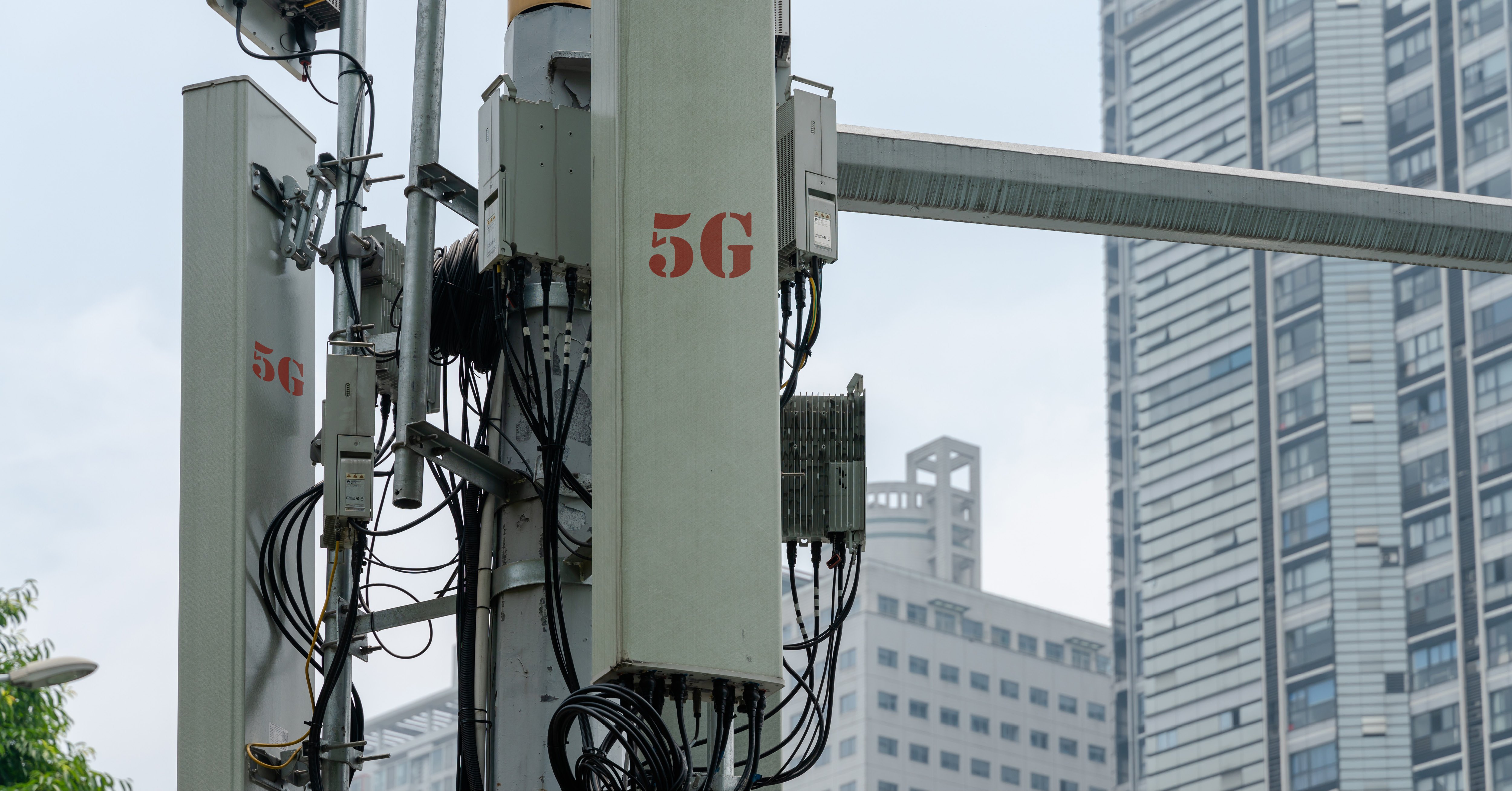It is anticipated that mobile 5G networks will be expanding in the next few years. How can network service providers prepare for this transition? What are the power supply challenges 5G will bring? In an Open Compute Project guest blog, we address these questions and more. Read on to learn about how there's no better option for a Battery Backup Unit (BBU) than lithium-ion.
Over the next five years, the 5G mobile network will gain widespread adoption by both individual consumers and commercial industries. For the network service providers, the transition to a 5G (or Fifth Generation) system is significantly more challenging than the transition from 3G to 4G was. Focusing on the system hardware, the main challenge is inherent to 5G’s higher operating frequency and the resulting need for a more decentralized radio access network, or RAN.
These service providers will need to expand their networks beyond their current 3G and 4G cell tower systems and add micro and street-level nodes in urban settings as well as add solutions to support remote rural, industrial, and agricultural applications. Essentially – the further away from the core telco network – the less reliable the power to these 5G nodes may be.
As such – the 5G service providers will need to ensure the uptime of their networks, regardless of location, by employing potentially new and expanded backup systems. Whereas more centralized network locations may have fuel-powered generators or banks of lead-acid batteries (or both) to perform power backup – these smaller decentralized nodes will require more compact and advanced solutions.
The following discussion will look at what’s coming, the deployment and service challenges of a 5G telecommunications network, and how lithium-ion (Li-ion) batteries can present a highly effective solution for backup power.
The approaching 5G transformation
The race is on to build the all-powerful, ultra-high-speed data network. The promise of a swift, reliable fifth-generation mobile network will be popular with consumers, who are increasingly relying on their portable devices for both work and personal use. 5G will also emerge as a powerful tool for a wide variety of public, industrial and commercial purposes. Manufacturers, for example, will have access to bandwidth and speeds – similar to current wi-fi - that lets them take full advantage of automation, smart technology, and artificial intelligence to optimize productivity and operational efficiency.
Between 2021 and 2027, the 5G market size is forecast to expand at a compound annual growth rate of 43.9%, across all verticals, reaching $414.5 billion in revenues, according to Grandview Research.
Gaining 100 times faster broadband is advantageous for most users, however, as mobile network architects know, 5G comes with a baseline challenge. This 5G mobile network uses a much wider spectrum at higher frequencies, and these higher frequencies have a decreased ability to penetrate building materials, especially concrete. This means the towers that power the existing 4G networks will no longer suffice in delivering that continuous connection – especially in urban environments. The next rollout for 5G means a large investment in network infrastructure by adding clusters of small, powerful RAN nodes along with equally powerful IT systems for localized processing for low-latency critical applications.
How 5G introduces new power supply challenges
Building a 5G network with reliable coverage that customers expect means adding hundreds or even thousands of RAN nodes or clusters to the current core network– each requiring their own power source and IT processing system.
- From an operational perspective – these additional small nodes represent an increased capital and maintenance expense as they are more environmentally distributed and exposed, and as such, at a higher risk of failure from storms and possible accidents.
- More importantly, the effects of a power interruption for the 5G network could be more significant, especially in critical IoT applications such as public security or autonomous vehicle management.
- In less critical applications, commercial users of 5G networks, have concerns of how system power outages would disrupt processes and corrupt data as it may be transferred to centralized data centers.
- For commercial users, the network’s backup power solution would be a major consideration as system reliability is a major specification in agreements. Customers will need to know the specific backup time available to execute a safe application shutdown without errors.
Essentially – the Battery Backup (BBU) solution for 5G becomes even more critical. This means that the BBU for a 5G node requires:
- Better Environmental Capabilities
- Enough power to shut down the node safely without data loss or corruption
- Communication Capability – to advise the network of battery health and charge level (SOH, SOC) and to advise the system to transfer the work to another node based on this information.
- Optional ability – through system modularity - to offer extended run time in areas with no additional layers of backup such as generator systems.
For years, lead-acid battery systems worked well as a BBU of choice – especially in the more consolidated regional offices and cell tower base stations indicative of 3G and 4G systems. Their lower unit costs and consolidated space and maintenance afforded, gave lead-acid the advantage over longer-lasting but more expensive Li-ion batteries. With the advent of 5G’s thousands of small remote locations to service, combined with the known costs of replacing lead-acid batteries every few years, the initial investment advantage of lead-acid quickly loses to the operational costs incurred for even a single system battery replacement. Many 5G power solutions aren’t even considering lead-acid in their next generation designs.
Li-ion battery systems – designed properly – will last three to five times longer than lead-acid. In a 5G system, the TCO can range from 30-50% lower than that of lead-acid batteries, due to their enhanced performance, durability, and advanced capabilities. Inherent remote monitoring eliminates the need to visit and service the BBU systems at these many nodes and clusters. Here are other advantages of Li-ion:
- Occupies 50-70% less space than lead-acid, and weighs 60-70% less, which can have an impact on leasing expenses and system installation, as well as ability to meet OSHA requirements.
- Ease of monitoring - the system offers state of charge, state of health, and history of events for predictive assessment, and run-time data availability during discharge to ensure system and application integrity.
- Ability to add battery power or run time in modular solutions, or hot-swap battery modules should there be any type of system damage from storms or accidents.
To summarize – In order to meet the performance requirements of the latest 5G installations – Li-ion BBU solutions must be part of the power system to ensure the reliability and integrity customers are expecting. As a global leader in advanced battery systems, Inventus Power specializes in the design and manufacture of Li-ion power systems. We continue to expand our market expertise into the critical power sector and are a trusted source for Li-ion battery backup solutions. Contact us today to learn more.
